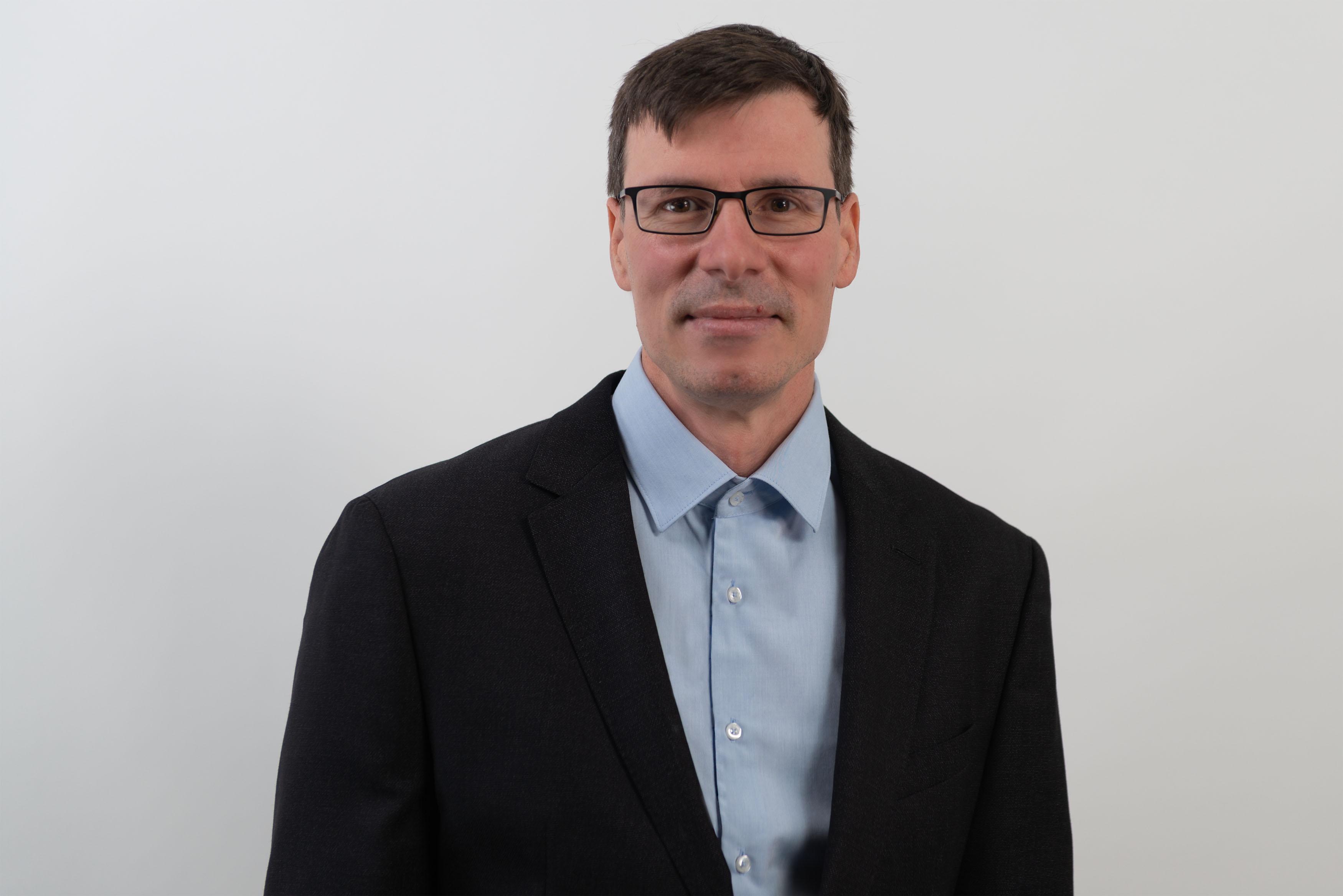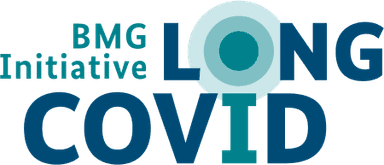Note: The following text is a guest article. They reflect the personal views of the author. The article is not an expression of opinion by the Federal Ministry of Health.
Guest article: Dr. Daniel Vilser
The guest article by Dr. Daniel Vilser sheds light on the pathology of Long COVID from the perspective of a specialist in paediatrics and adolescent medicine. His demands to the policy-makers include a higher density of specialised facilities and the targeted funding of research projects in order to do justice to the special needs of children and adolescents as well as the complexity of the pathology.

© Dr. Daniel Vilser
Long COVID in children and adolescents
The definition of Long COVID is easily understood and is now known to most people. Its significance for the patients, their families and also for those, from whom help is expected, is still not sufficiently recognised or appreciated, especially for those who are severely affected by it. And as is so often the case with discussions in Germany, groups that are more on the “fringes of public interest” are pushed into the background.
Nobody would admit that children and adolescents should be classified in this category, and yet paediatricians and patients have to constantly fight to ensure that children and their special needs are not ignored; that a guideline is not drawn up for all patients and adolescents are then confronted with regulations that only make sense for middle-aged and older people; that medicines and potential therapeutic procedures are also tested for their efficacy and safety also in minors; that treatment and care centres are promoted, taking into account paediatric structures.
As with adults, interdisciplinary and cross-sectoral cooperation is also necessary in case of children and adolescents, in order to do justice to the complexity of this pathology. The practising paediatrician takes on the role of the family doctor, while the subspecialists in paediatrics provide specialist care. In the vast majority of areas, this is carried out by a paediatric hospital. The extensive diagnostics often require a short inpatient stay. The Federal Joint Committee (GBA) and politicians are called upon to create structures in which these highly complex cases of patients, of which there are many, can be treated.
Yes, Long COVID does occur less frequently the younger the population group is: probably 10 times less frequently in the under-18s than in adults. And also yes: the prognosis is better. Most children and adolescents have recovered after one year. But 1 year has a completely different dimension for a 10-year-old girl than for a 60-year-old woman. One year of not attending school, one year with hardly any meetings with friends, one year with little or no physical activity. The younger the affected person is, the more serious the impact on their development. Quite apart from the fact that there are still boys and girls numbering in five digits, who must also be regarded as not yet recovered. This is a huge group of patients for paediatrics, where we are used to dealing with rare diseases.
What we need:
Higher density of specialised facilities. It is almost unbearable that only minors who are lucky enough to grow up near a university have access to specialised care. A central telemedicine contact point can also help to refer patients to competent centres. This could also significantly relieve the burden on practising paediatricians, who have hardly any capacity to care for Long COVID patients, especially in autumn/winter with 100 patients and more per day.
Diagnosis of Long COVID or ME/CFS must allow access to Social Paediatric Centres (SPZ)/psychotherapists/psychologists and other therapists; must be chargeable for both short diagnostic inpatient stays as well as for longer therapeutic stays, must be sufficient as an indication for initiating a rehabilitation measure (psychological as well as somatic). Telemedicine services must be established and, above all, financed, for patients who are barely mobile.
Targeted research funding for paediatric projects is essential. It is already clear that Long COVID is a term that is difficult to use medically, with considerable diagnostic uncertainty and a number of different underlying pathomechanisms. It is therefore to be expected that different pathologies are relevant in different age groups, and this requires targeted research, just like the resulting interventions.
If drug authorisations are granted that do not include minors, the companies in question must be obliged to extend their authorised age range to include children and adolescents within a clearly defined period of time.
And last but absolutely not least: only a sustained high level of public interest in this important topic will force decision-makers to recognise the importance and relevance of the interests of sick children and adolescents. This is a task for all of us.
Vita
Dr. Daniel Vilser is a specialist in paediatrics and adolescent medicine with subspecialisations in neonatal care and paediatric cardiology; since January 2023, he is the Chief Physician at the Clinic for Paediatric and Adolescent Medicine at AMEOS Klinikum St. Elisabeth Neuburg and at the Ingolstadt location. He is a founding member and Vice President of the Long COVID Germany doctors' association. Until the end of 2022, he was consortium leader of “LongCOCid” (a BMBF-funded project on Long COVID in children and adolescents). He also served as Congress President of the 1st Long Covid Congress in Germany in Jena in 2022.
His particular research interest is endothelial dysfunction following SARS-CoV-2-Infection.
